Cats have held a cherished place in maritime history, serving as ship companions for centuries. As sailors navigated the vast oceans, these feline companions provided more than just affection; they played strategic roles on ships, offering both practical benefits and emotional solace. This article explores the rich history of cats as ship companions and their indispensable contributions to life at sea.
Ancient Maritime Beginnings

The relationship between cats and sailors dates back to ancient times. Egyptians, renowned for their navigation skills, are thought to be among the first to have brought cats aboard their vessels. Given the sacred status of cats in ancient Egyptian society, their presence on ships likely began for both religious and practical reasons, as protectors against vermin that threatened precious cargo.
Cats Combatting Pests on Ships
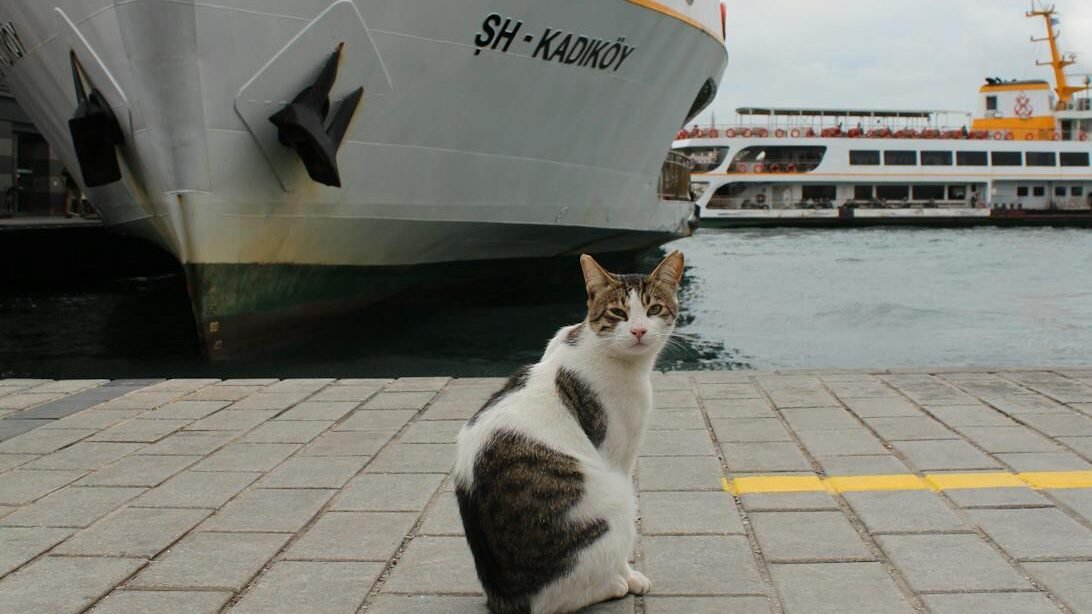
Photo by Alihan Gülyağcı Via Pexels
One of the primary reasons cats became shipboard regulars was their adept hunting skills. Ships were prone to infestations by rats and mice, which could damage ropes, sails, and food supplies. Cats served as natural pest control agents, safeguarding the ship’s provisions and preserving the integrity of the vessel itself.
The Viking Connection
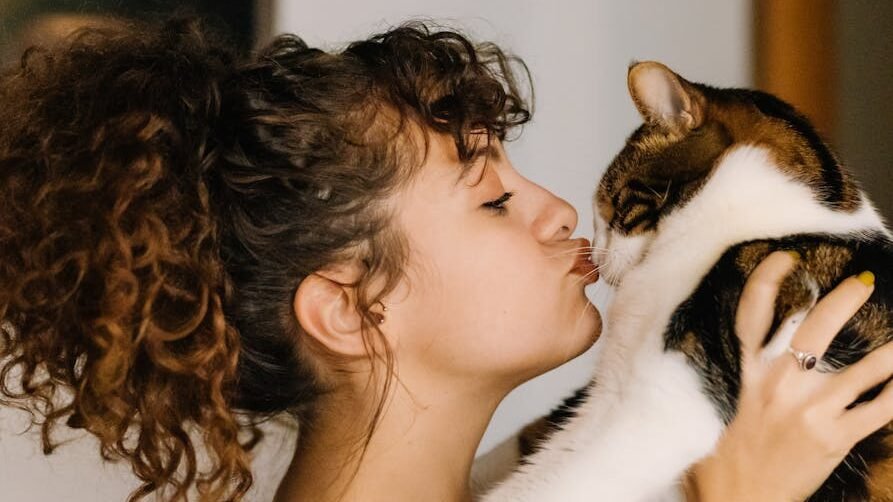
Cats were also valued by the Vikings, fierce seafarers who traversed the waters of the North Atlantic. Known for their exploratory voyages, the Vikings likely brought with them domestic cats to ensure their ships remained free of pests and to provide companionship during long journeys.
Cats in European Naval History
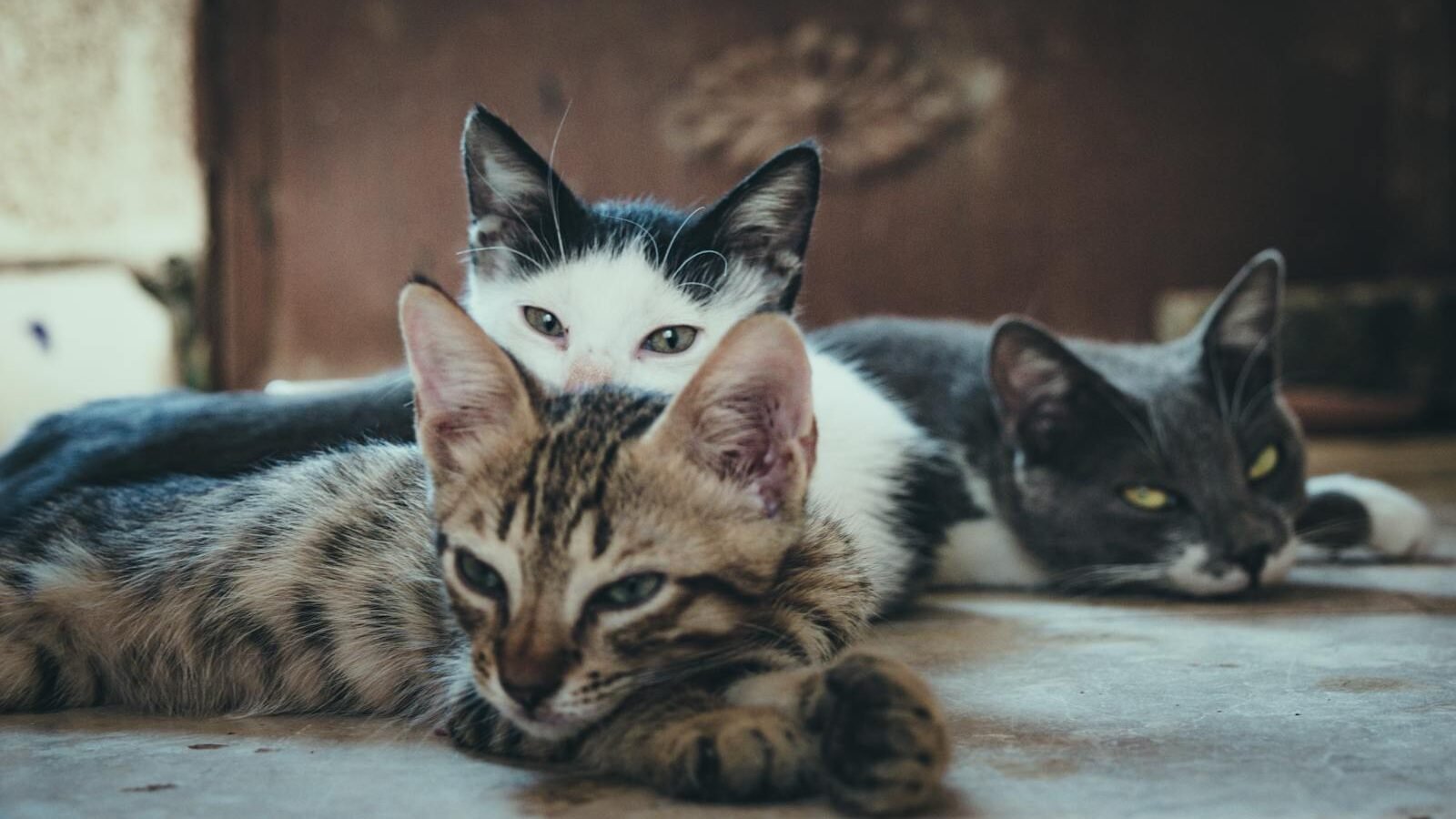
As European exploration surged during the Age of Discovery, the presence of cats on ships became more prominent. Notably, during the 15th and 16th centuries, as explorers like Christopher Columbus and Ferdinand Magellan set sail for new worlds, cats accompanied them on their historic voyages, continuing their role in pest management and as comforting presences.
Transatlantic Voyages and Colonialism

During the era of colonial expansion, cats journeyed across the Atlantic with European settlers. They were instrumental on these long voyages, ensuring that food supplies remained intact and undepleted by vermin, thus contributing to the success of colonial endeavors and the establishment of new trade routes.
The Age of Sail

In the Age of Sail, roughly spanning from the 16th to the mid-19th century, cats continued to be integral seafaring companions. Sailing ships, often carrying immense cargoes and traversing lengthy routes, relied on the presence of cats to maintain the ship’s condition, thus allowing for safe and uninterrupted voyages.
Cat Ceremonies and Superstitions

Their usefulness extended beyond practicalities; cats were also seen as good luck charms. Sailors often believed that having a cat on board brought favorable weather and warded off nautical disasters. Some ships even held small ceremonies to welcome new cats aboard, underscoring their symbolic importance.
The Role of Cats in Modern Navies
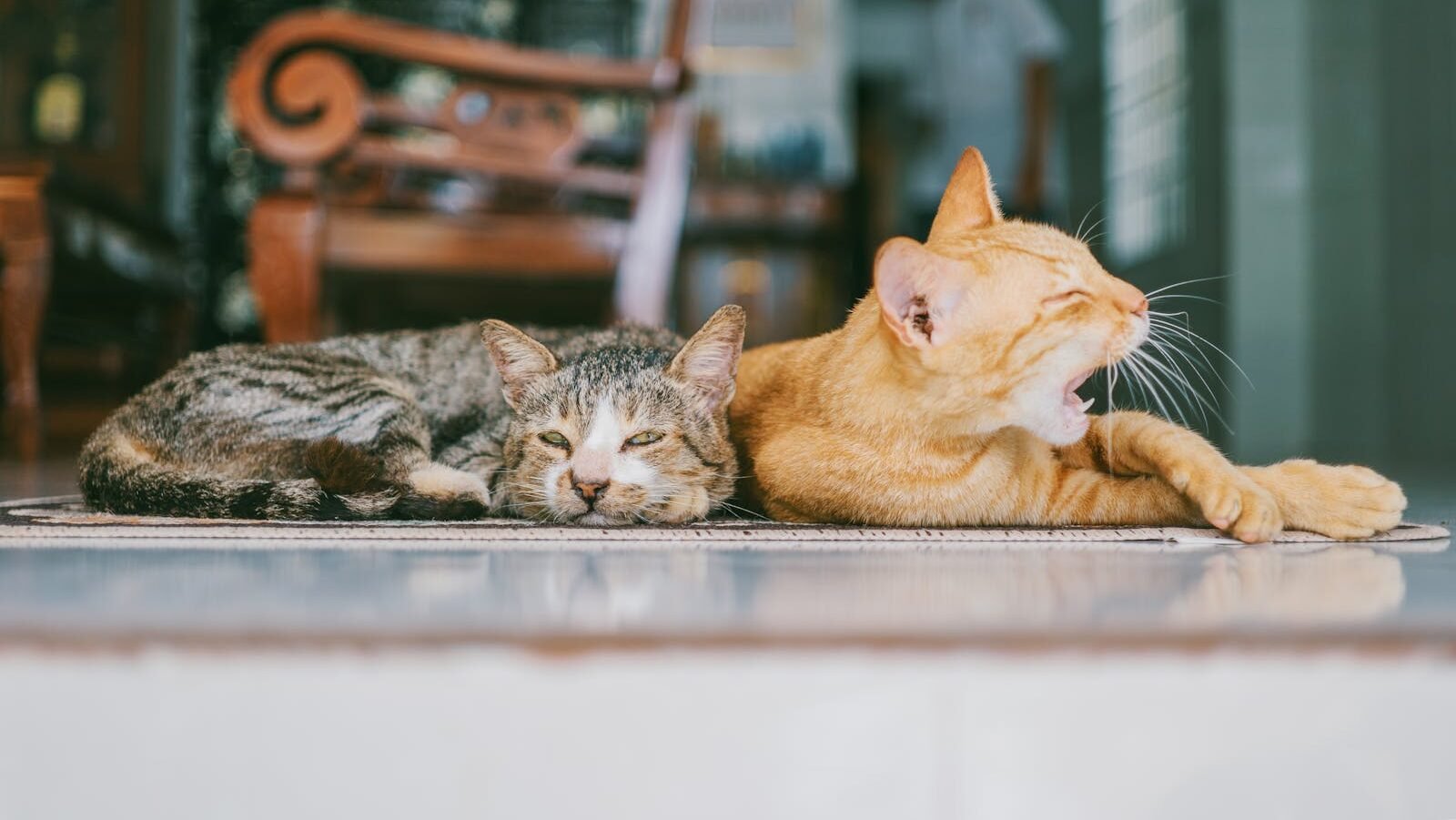
With the advent of modern navies, the role of cats began to evolve. While technology reduced the need for pest control on ships, the tradition of keeping cats aboard persisted in some fleets, primarily due to their morale-boosting presence. Cats have often been unofficial mascots, providing crew members with a sense of comfort and familiarity.
Notable Ship Cats
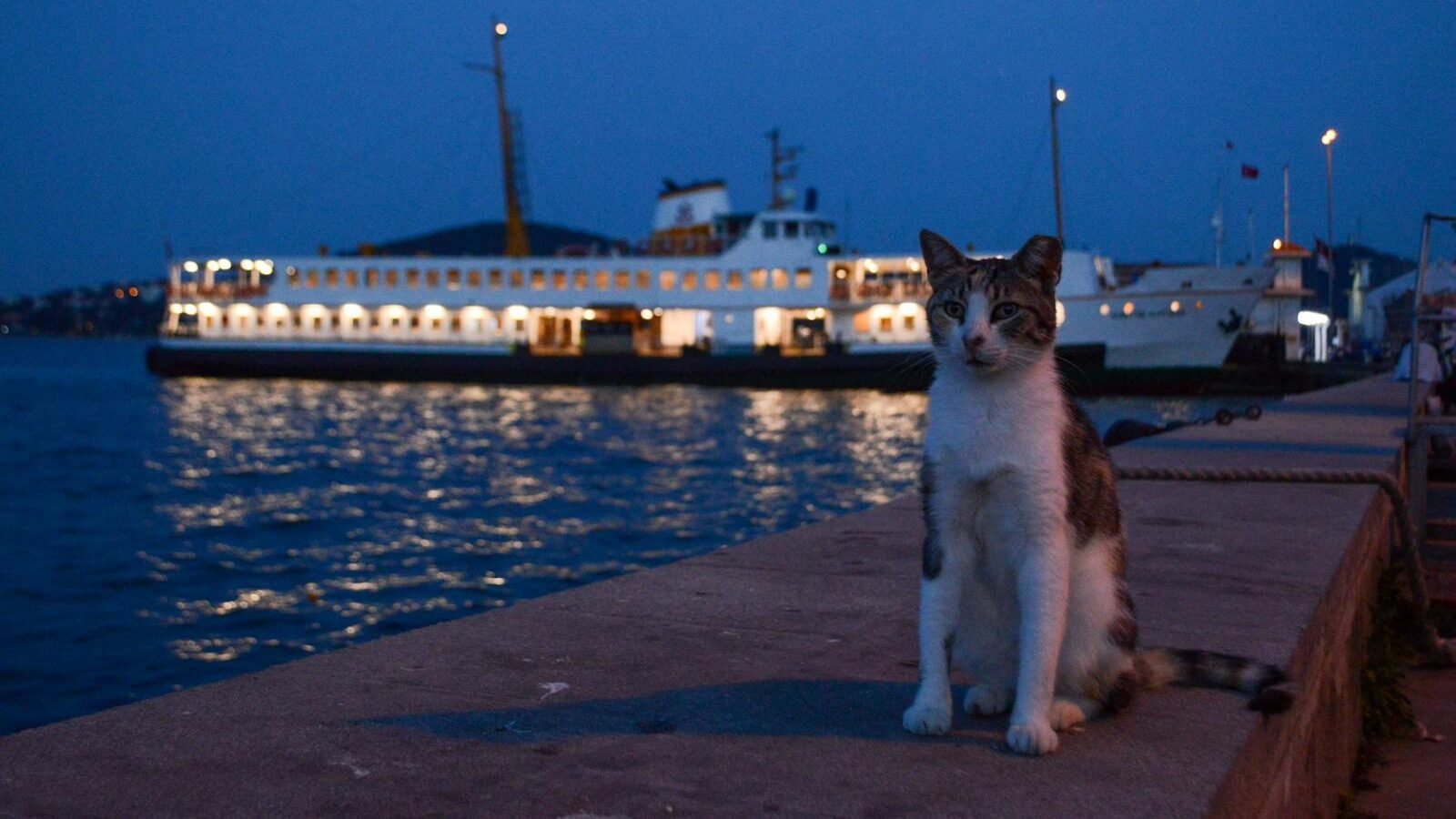
History has noted several famous ship cats, such as Simon of HMS Amethyst, who kept the morale of sailors high during the Yangtze Incident. Simon’s bravery earned him the Dickin Medal, highlighting the courage and contribution of cats to naval service.
Cats as Symbols of Maritime Heritage
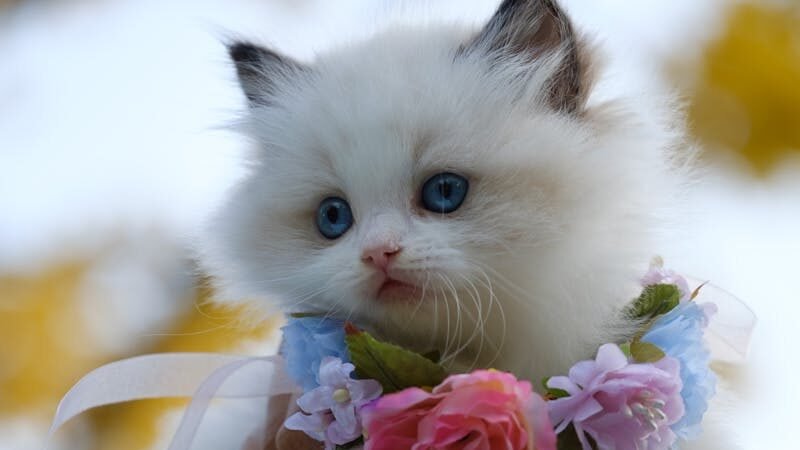
Today, the legacy of cats as ship companions endures as a symbol of maritime heritage. Museums and naval exhibitions often feature ship cats as part of their displays, celebrating their contributions throughout history. These feline sailors remain an integral part of naval lore and tradition, reflecting the deep bond between humans and animals in shared journeys across the seas.
Conclusion: A Timeless Partnership
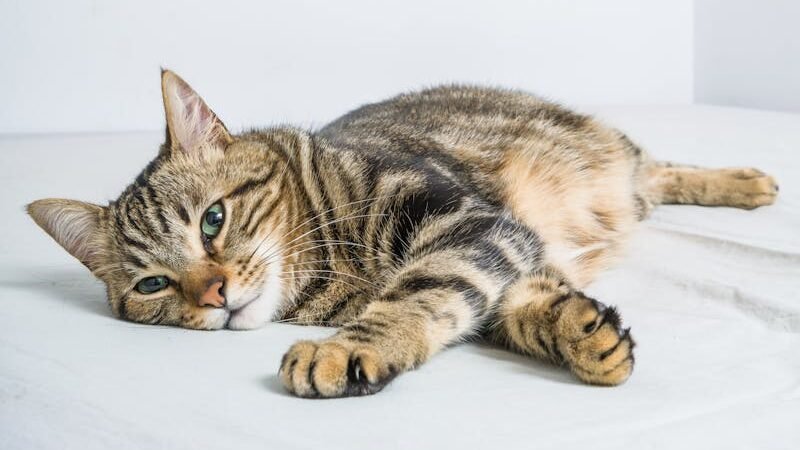
The history of cats as ship companions illustrates a timeless partnership rooted in mutual benefit and companionship. From ancient voyages along the Nile to modern naval fleets, cats have been steadfast allies, offering their skills and comfort throughout the ages. This enduring relationship reveals the importance of animals in human endeavors, a testament to their invaluable role across history and cultures.

With over a decade of experience as a dedicated cat lover and enthusiast, I specialize in writing captivating content about all things feline. My expertise shines through in creating engaging and informative pieces that resonate with fellow cat lovers. As a proud cat parent to my beloved Duston, my personal connection to the world of cats adds authenticity and warmth to my work, making it relatable and heartfelt.






